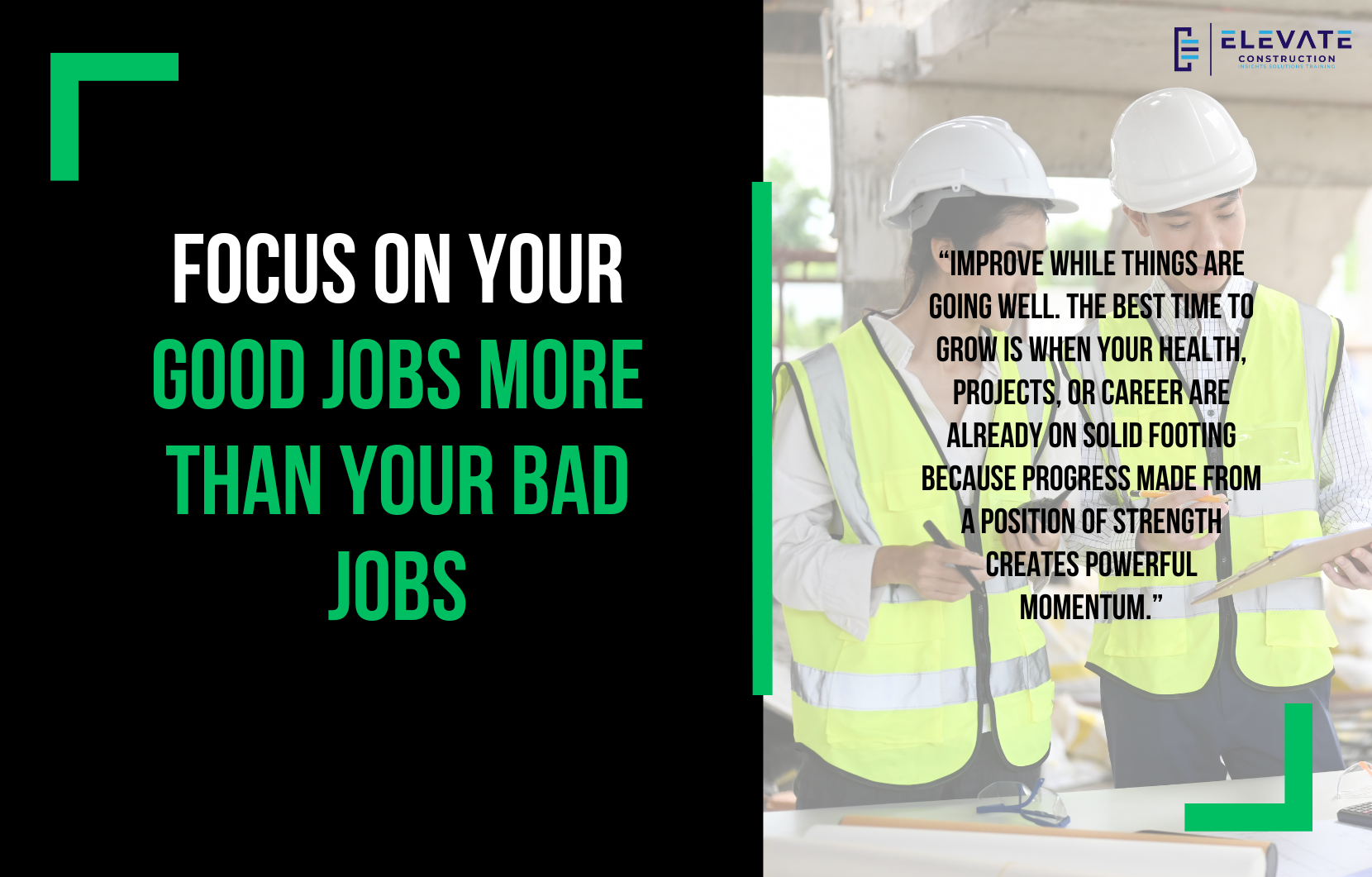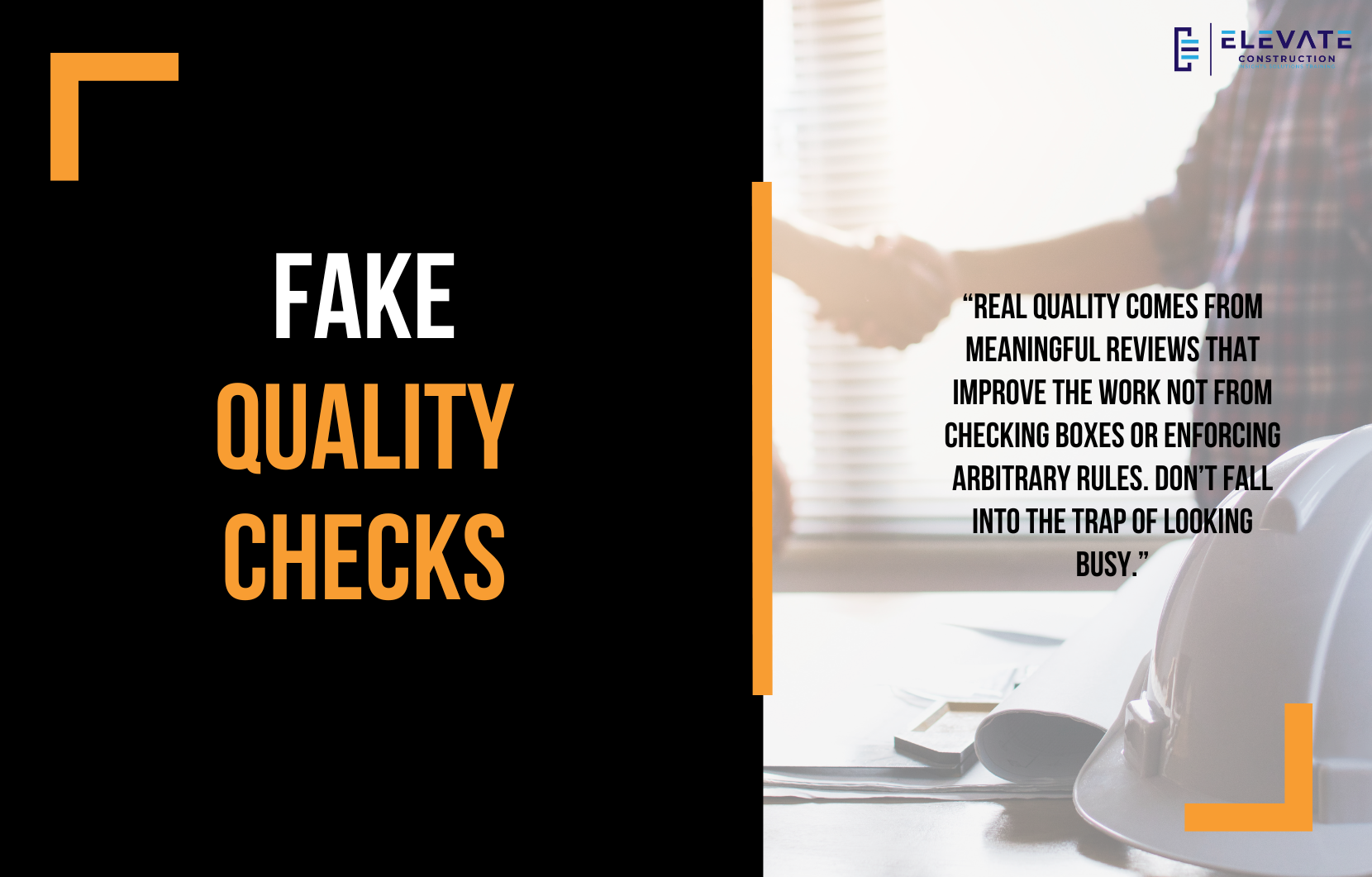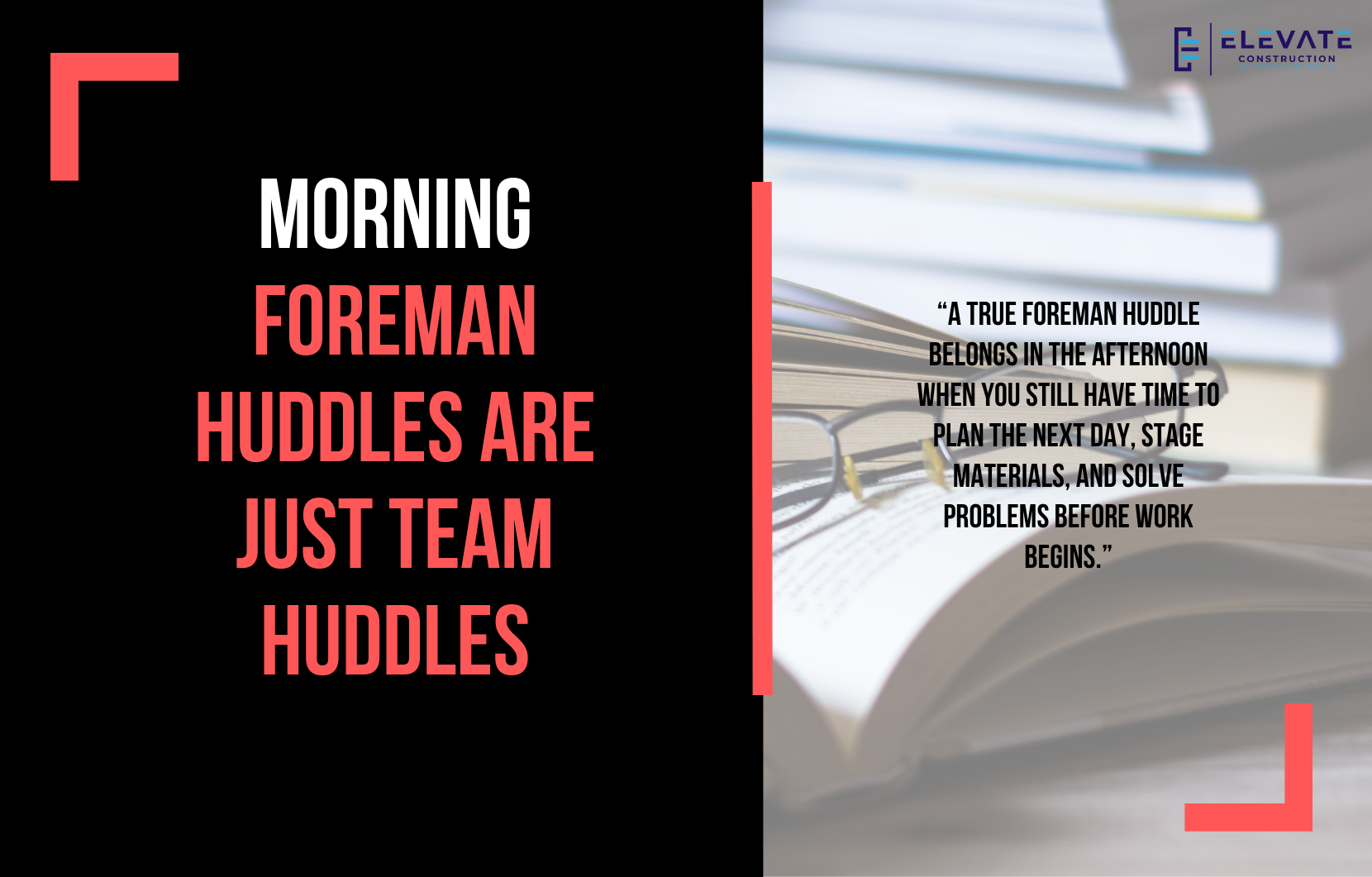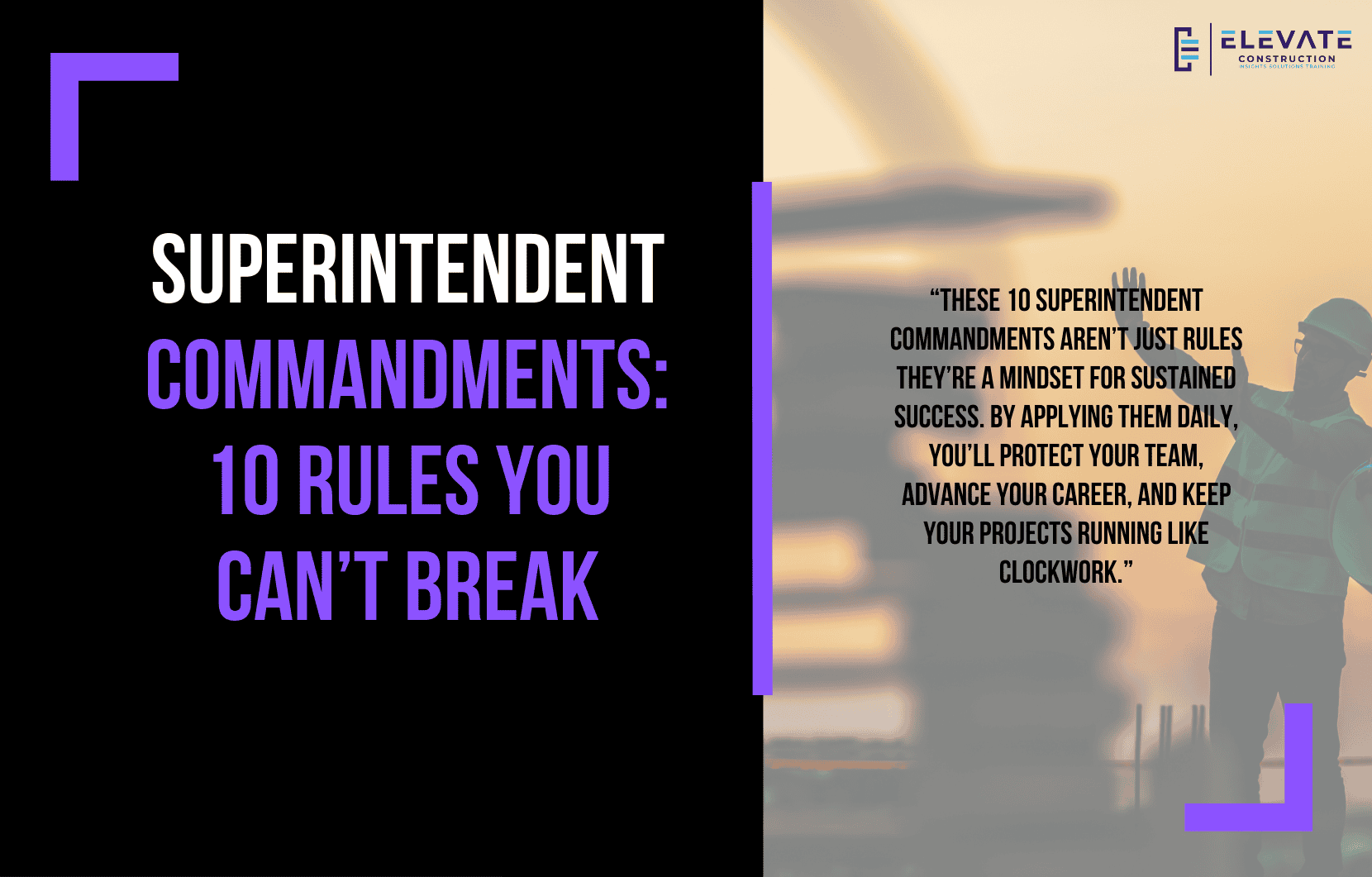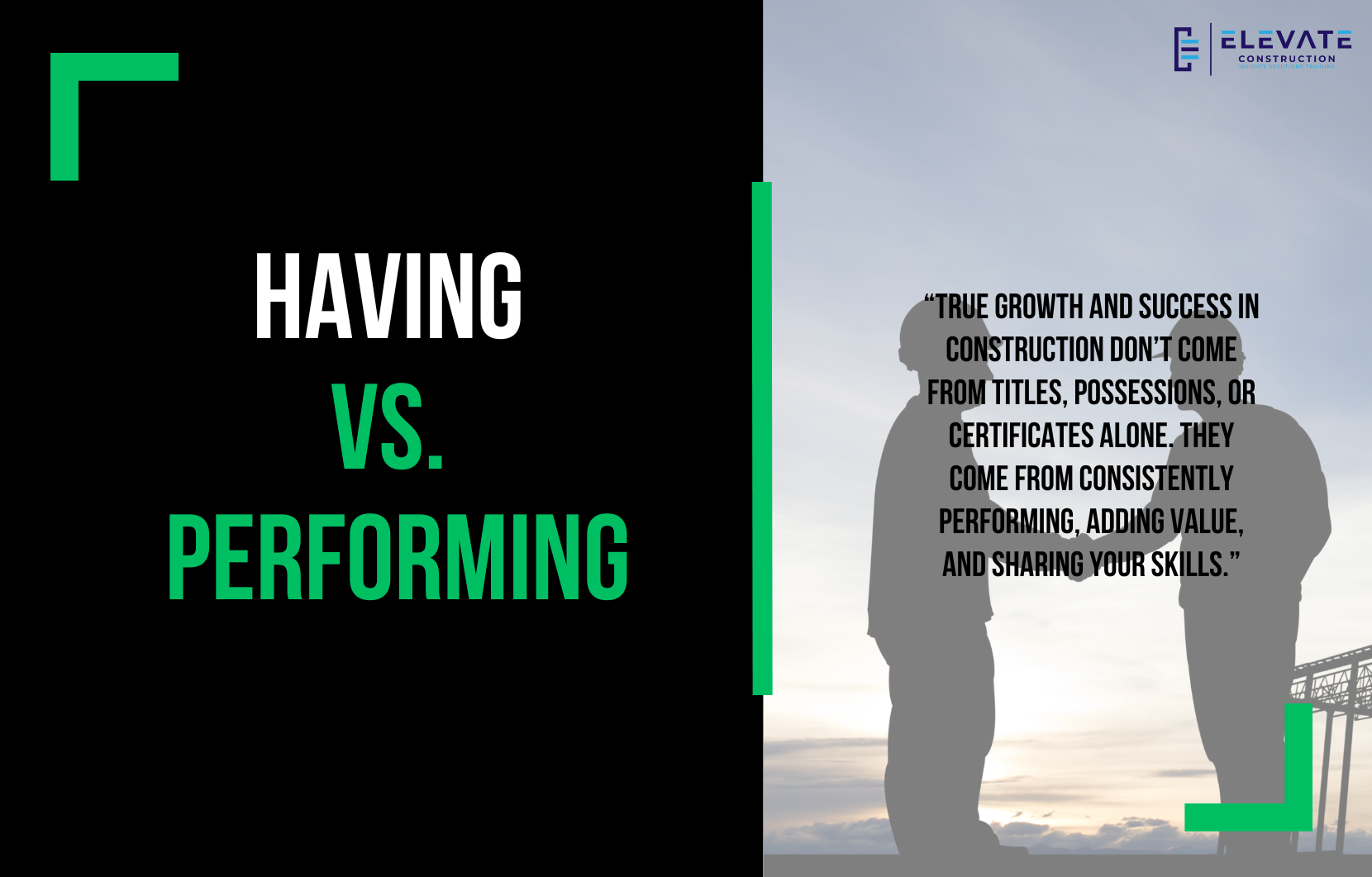How to Use Interns the Right Way
In this blog, I’m going to talk about how to use interns. This topic came up at bootcamp, and even though I’ve talked about it before, it’s still a massive problem in our industry. An attendee told me: “Jason, when we get interns, our company just says, ‘You can come to the project site and do paperwork.’” And not even useful paperwork, just busywork no one else wants to do. That mindset is broken.We Need People, So Let’s Treat Interns Like the Future
Right now, there are plenty of people who want to work in construction. I get contacted almost daily by people wanting to get into construction management, but recruiters won’t give them a shot because they lack a degree or five years’ experience. When I was at Hensel Phelps, we didn’t care about that. We cared about core values and mindset. We could train the right person into a great team member, whether they came from finance, performing arts, the craft, or anywhere else. But many companies today are stingy with people. They lean on staffing, then wonder why work is late. If you can’t run a full-blown training program, your intern program becomes your pipeline. And if that’s the case, you’d better make it count.How to Treat Interns
- Welcome them. Make them feel at home from day one.
- Equip them. Give them a desk, a computer, and the tools they’ll need.
- Train them on real work. Simulate the actual job they’d do if they were full-time.
Why the Old Boot Camp Mentality is Outdated
Movies like Full Metal Jacket made it seem like screaming at people and breaking them down was the way to train. But even the military doesn’t do that anymore, not in the same way. Modern training is about support, technology, and engaging people so they can perform at their best. The “treat interns like crap” mentality needs to die. Interns are an investment in your company’s future, not a cost to be minimized. Bottom line: Respect interns, train them on real work, and give them the resources they need. That’s how you build the next generation of talent and keep them in the industry. On we go.Key Takeaway
An intern program isn’t busywork, it’s your talent pipeline. Treat interns with respect, equip them with the right tools, and train them on meaningful work, and you’ll build skilled, loyal team members for the future.If you want to learn more we have:
-Takt Virtual Training: (Click here)
-Check out our YouTube channel for more info: (Click here)
-Listen to the Elevate Construction podcast: (Click here)
-Check out our training programs and certifications: (Click here)
-The Takt Book: (Click here)
Discover Jason’s Expertise:
Meet Jason Schroeder, the driving force behind Elevate Construction IST. As the company’s owner and principal consultant, he’s dedicated to taking construction to new heights. With a wealth of industry experience, he’s crafted the Field Engineer Boot Camp and Superintendent Boot Camp – intensive training programs engineered to cultivate top-tier leaders capable of steering their teams towards success. Jason’s vision? To expand his training initiatives across the nation, empowering construction firms to soar to unprecedented levels of excellence.
On we go





